Good outfitters are a rare breed.
I say good—I’ve met and hunted with some brutally terrible ones, too. One outfitter/guide turned out to be a meth-head I had to wake up in broad daylight for our morning turkey hunt. I thought meth was supposed to keep you awake? Honestly, I don’t know the answer, I just know my turkey hunt was a failure and not long after when I saw his mugshot, I understood why. Fortunately, the bulk of my outfitter and guide experiences have been positive and I remain close friends with a number of them. With safety always paramount, their jobs, depending on clients, can be downright challenging. And while they can’t possibly please everybody, they do their level best.
While safety is the most important focus of any hunt, generally the second critical area of focus is a client’s experience. Like most any business in the hospitality game, outfitters are heavily reliant on positive reviews, feedback, recommendations… in short, word of mouth and endorsing keyboard strokes for websites, publishers and social media. If you’ve booked hunts, you likely did so based on recommendations and reviews. That said, while lodging and food may be important, people are there to hunt, so the presence of game, scouting, stand placements and strategies are even more crucial.
For most outfitters, scouting consists of roaming hunting ground looking for wildlife and sign, and working to ensure habitat in that area remains a haven for huntable game. Admittedly, this can be difficult without pressuring game, especially in heavily wooded areas. Of course, depending on what game outfitters guide hunts for, scouting when those species are most active is essential—this includes nighttime. Fortunately, in recent years, the perfect scouting and stalking tool for any light condition has become more and more affordable. As a result, the guiding game has changed in a massive way. We’re talking about thermal imaging.
Yes, Thermal IS a Game-Changer
In a world where “game-changer” is ridiculously overused, I find myself at risk for jumping on that buzz-word bandwagon. But, if the shoe fits, wear it. Right? When it comes outfitters and the quest to enhance client experiences, nothing currently on the market compares to thermal imaging and the growing list of how it can improve outfitter business practices. Honestly, when it comes to putting on your table, wouldn’t you look for ways to up your game?
If you have never hunted at night before, I highly recommend it. There’s a certain thrill to be found under the cloak of night, lights or not, but oh how sweeter the adventure when you can’t see your hand in front of your face. Maybe spooky isn’t the right word at all but with your sight compromised, all of your other senses are heightened—there is a certain, alluring unknown in the dark and while thermal does expose what’s out there, it doesn’t detract from the experience at all.
For outfitters, thermal has a much more practical role as the most effective tool for stalking prey at night; of course, stalking prey during the daytime also is easier—wildlife hidden in the shadows are exposed, and you would have never known they are there. Along with exposing wildlife in the dark or in the shadows of dense foliage, thermal imaging definitely enhances safety—this is obviously more beneficial at night when an outfitter is working to maintain control of one or several hunters.
Not only do outfitters use thermal imagers to stalk animals, but the technology is also used to keep track of hunters, their muzzle directions and even to identify a hunter who has fallen back. A thermal can also help an outfitter establish shooting positions or a shooting line of multiple hunters in the dark without exposing their position. Some thermals even feature magnified picture-in-picture to technology to help outfitters better identify huntable game and coach shooters on shot placements, or follow-up shots.

Thermal imaging also works well in blood tracking, at least until blood reaches the ground temperature. Still, locating downed animals with thermal is exceedingly easy given that their heat signatures literally glow on a thermal imager’s display for hours. The last feral hog I took while bowhunting ran behind my treestand. I heard him crash and sat quietly for a moment. I suddenly remembered I had my thermal monocular in my pack, pulled it out, stood up in my treestand and began to scan. I didn’t even make a full rotation on the stand before locating my hog lying motionless just 30 yards away—I didn't have to look for it.
Two Eyes are Better Than One
While thermal monoculars like Pulsar’s Helion have been around for a couple of years now and are still a favorite among professional outfitters, Accolade binoculars also are picking up steam and for good reason. If you’ve ever heard the expression, “two eyes are better than one,” there is some serious truth behind it. Your brain processes information more quickly and easily from two sources than one. This makes locating and identifying a hair faster but realistically, the greatest benefits are reduced eye-fatigue and a more immersive viewing experience. Seriously, being immersed in your viewing experience without peripheral distractions definitely improves overall scanning effectiveness.

That said, Pulsar Accolade Thermal Binoculars have become a favorite among professional outfitters and their guides. With both-eyes type scanning, up to 640 microbolometer sensor resolution and a detection range up to 2,000 yards, it’s the best of all thermal imaging worlds. Even better, those other notables like picture-in-picture, onboard wi-Fi connectivity and video recording, and diopter and distance focus adjustability for seriously crisp imaging, work together to deliver a best-in-class optic experience specifically designed for safer, more effective shooting and better experiences for hunting clientele.
Of course, Pulsar has even turned the performance heat up on the Accolade with an integrated laser rangefinder (LRF). The Accolade’s LRF technology is powered with a quick double-tap of a single button to obtain a heat signature’s distance. One more press puts the Accolade’s LRF in scan mode—scan the field of view and watch the distances various heat signatures change in real-time. Press the button one more time to return to the primary field of view with the reticle. The LRF boasts +/- 1-yard distancing accuracy out to 1,100 yards with zero illumination. When it comes to laser rangefinding and Pulsar’s robust array of other features, nothing else in the consumer thermal imaging market compares.
 Thermion 2 LRF XL50
Termovizoriniai taikikliai
Thermion 2 LRF XL50
Termovizoriniai taikikliai
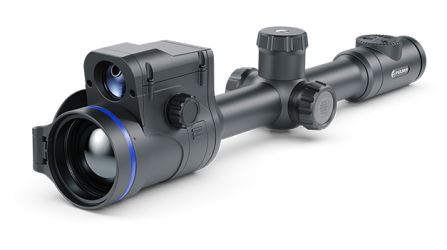 Thermion 2 LRF
Termovizoriniai taikikliai
Thermion 2 LRF
Termovizoriniai taikikliai
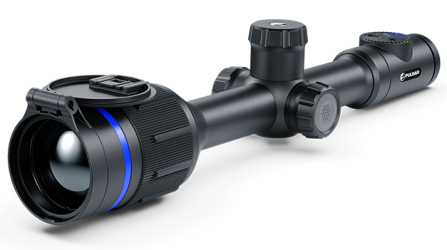 Thermion 2
Termovizoriniai taikikliai
Thermion 2
Termovizoriniai taikikliai
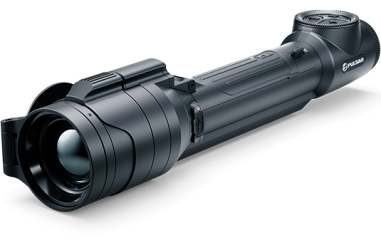 Talion
Termovizoriniai taikikliai
Nauja
Talion
Termovizoriniai taikikliai
Nauja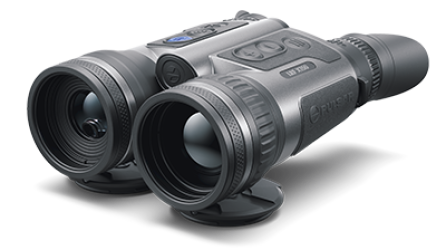 Merger LRF XT50
Termoviziniai žiūronai
Merger LRF XT50
Termoviziniai žiūronai
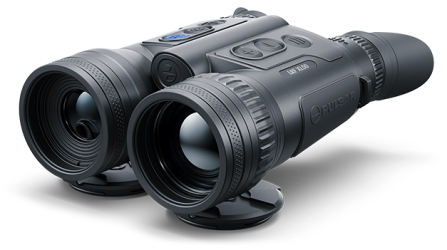 Merger LRF XL50
Termoviziniai žiūronai
Merger LRF XL50
Termoviziniai žiūronai
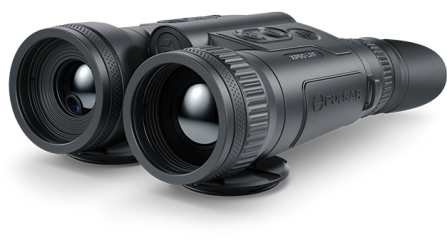 Merger LRF XP50
Termoviziniai žiūronai
Nauja
Merger LRF XP50
Termoviziniai žiūronai
Nauja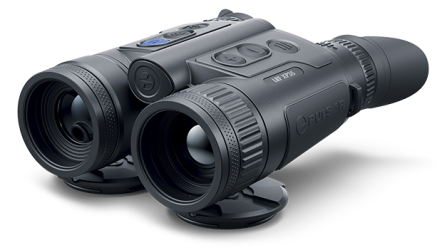 Merger LRF XP35
Termoviziniai žiūronai
Merger LRF XP35
Termoviziniai žiūronai
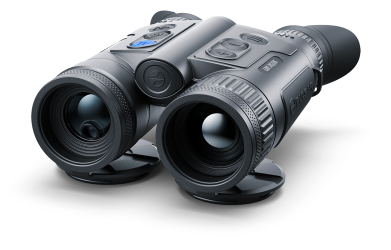 Merger LRF XQ35
Termoviziniai žiūronai
Nauja
Merger LRF XQ35
Termoviziniai žiūronai
Nauja Telos
Termovizoriai
Nauja
Telos
Termovizoriai
Nauja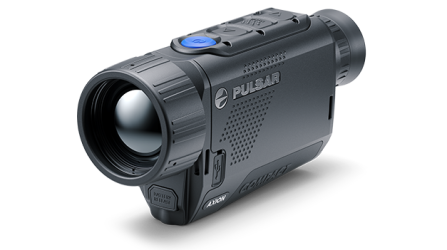 Axion Compact
Termovizoriai
Axion Compact
Termovizoriai
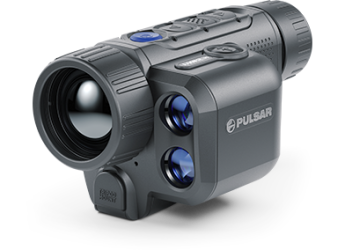 Axion 2 LRF
Termovizoriai
Axion 2 LRF
Termovizoriai
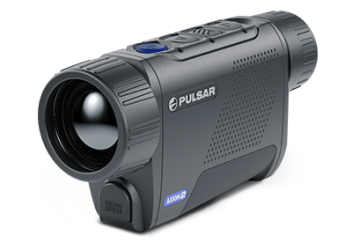 Axion 2
Termovizoriai
Nauja
Axion 2
Termovizoriai
Nauja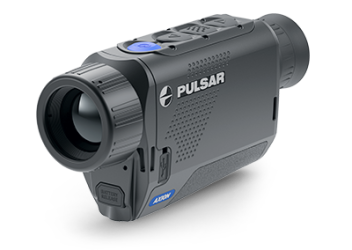 Axion XQ30 PRO
Termovizoriai
Axion XQ30 PRO
Termovizoriai
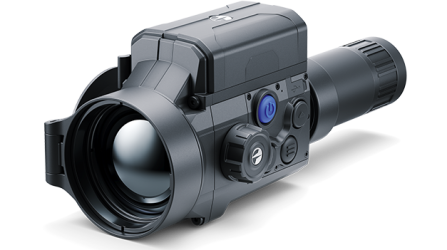 Krypton 2
Termovizoriai
Krypton 2
Termovizoriai
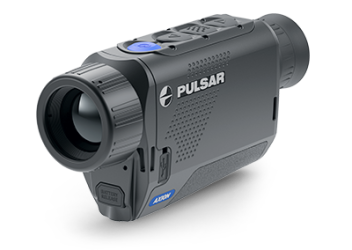 Axion XM30F
Termovizoriai
Nutraukta
Axion XM30F
Termovizoriai
Nutraukta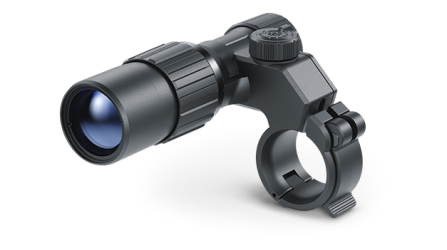 Pulsar Digex-XS
Išoriniai Infraraudonųjų Spindulių Apšvietimo Irenginiai
Pulsar Digex-XS
Išoriniai Infraraudonųjų Spindulių Apšvietimo Irenginiai
 APS matinimo šaltiniai
Maitinimo šaltiniai
APS matinimo šaltiniai
Maitinimo šaltiniai
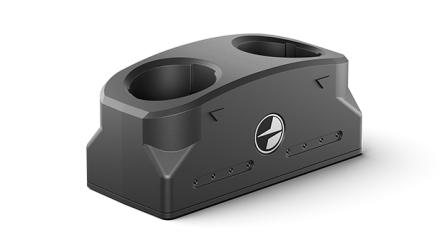 APS baterijų įkroviklis
Akumuliatoriaus kroviklis
APS baterijų įkroviklis
Akumuliatoriaus kroviklis
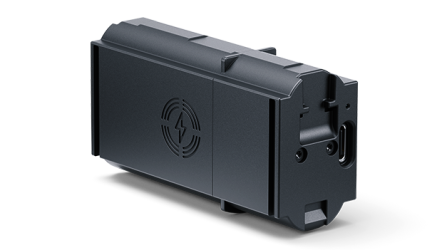 LPS 7i baterijos
Maitinimo šaltiniai
LPS 7i baterijos
Maitinimo šaltiniai
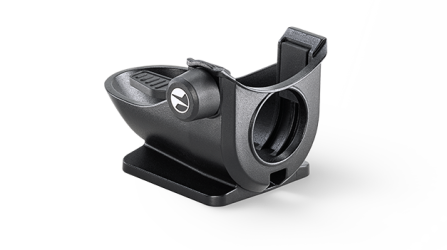 Telos LRF Tripod Adapter
Pulsar priedai
Telos LRF Tripod Adapter
Pulsar priedai
 IPS matinimo šaltiniai
Maitinimo šaltiniai
IPS matinimo šaltiniai
Maitinimo šaltiniai
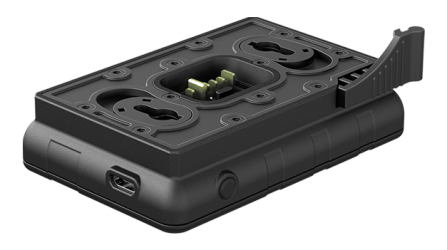 Akumuliatoriaus kroviklis IPS
Akumuliatoriaus kroviklis
Akumuliatoriaus kroviklis IPS
Akumuliatoriaus kroviklis
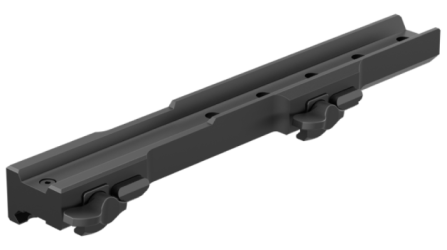 Laikikliai šautuvams
„Pulsar“ prietaisams
Laikikliai šautuvams
„Pulsar“ prietaisams
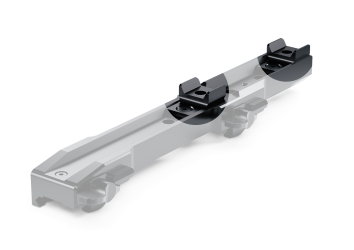 H7 Spacers
Taisymo rinkiniai
Nauja
H7 Spacers
Taisymo rinkiniai
Nauja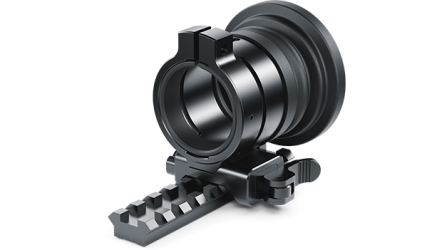 PSP-V Weaver Rail Adapter
Adapter
PSP-V Weaver Rail Adapter
Adapter
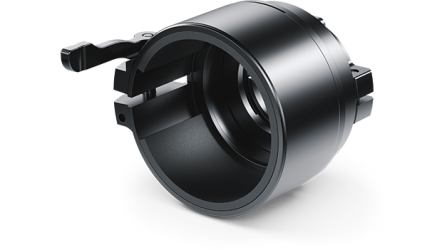 PSP Ring Adapters
Adapters
Nauja
PSP Ring Adapters
Adapters
Nauja PSP-B jungiamasis žiedas
Jungiamieji žiedai
PSP-B jungiamasis žiedas
Jungiamieji žiedai
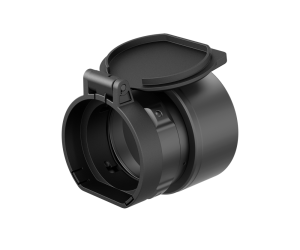 FN jungiamieji žiedai
Jungiamieji žiedai su dangteliu
FN jungiamieji žiedai
Jungiamieji žiedai su dangteliu
 Belaidis nuotolinio valdymo pultelis
termovizoriams ir skaitmeniniams įrenginiams
Belaidis nuotolinio valdymo pultelis
termovizoriams ir skaitmeniniams įrenginiams
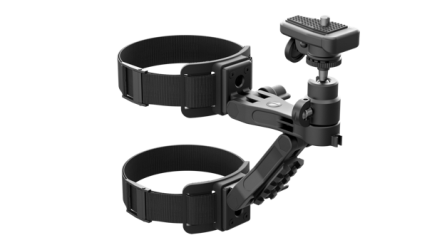 Tvirtinimas prie medžio
Pulsar priedai
Tvirtinimas prie medžio
Pulsar priedai
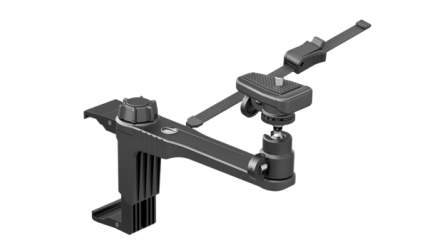 Window Frame Mount
Pulsar priedai
Window Frame Mount
Pulsar priedai
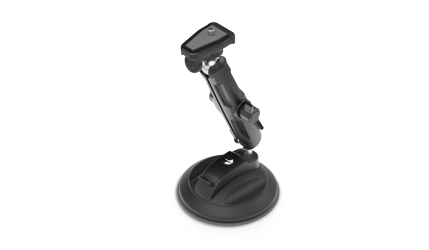 Tvirtinimas prie stiklo
Pulsar priedai
Tvirtinimas prie stiklo
Pulsar priedai
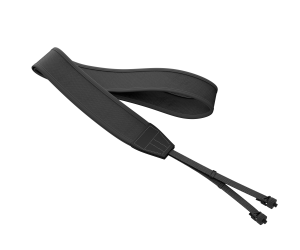 Kaklo dirželis
Pulsar priedai
Nauja
Kaklo dirželis
Pulsar priedai
Nauja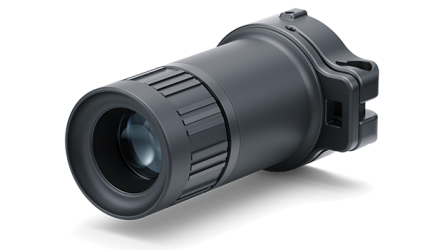 Monoklis „Pulsar 3x20 B“
Priedai
Monoklis „Pulsar 3x20 B“
Priedai
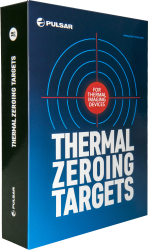 Šiluminiai prišaudymo taikiniai
Priedai
Šiluminiai prišaudymo taikiniai
Priedai









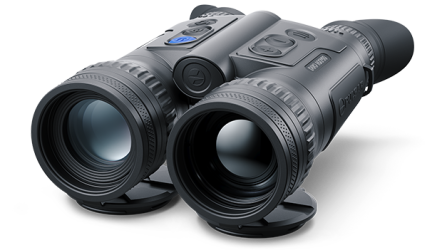
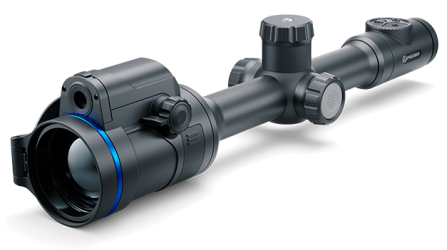
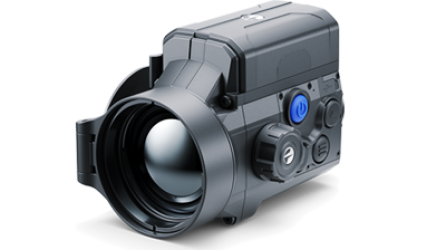
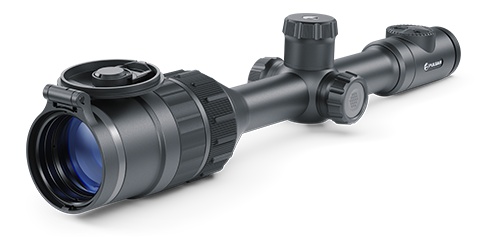
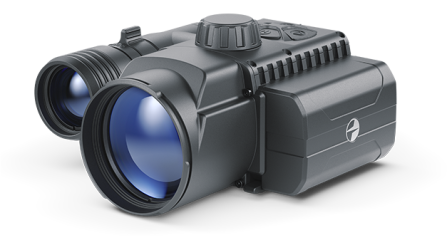
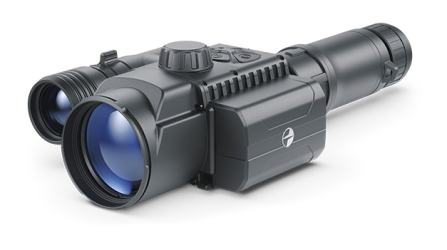



 English
English German
German French
French Spanish
Spanish Italiano
Italiano English
English Lietuvių
Lietuvių

